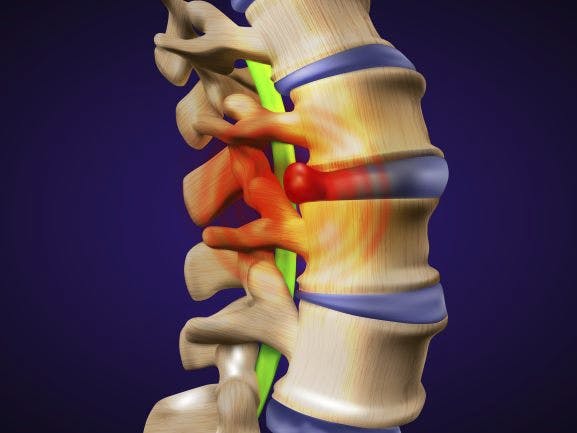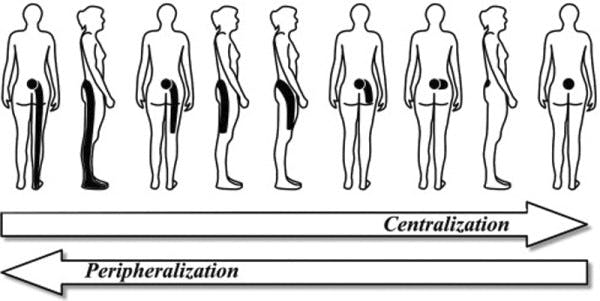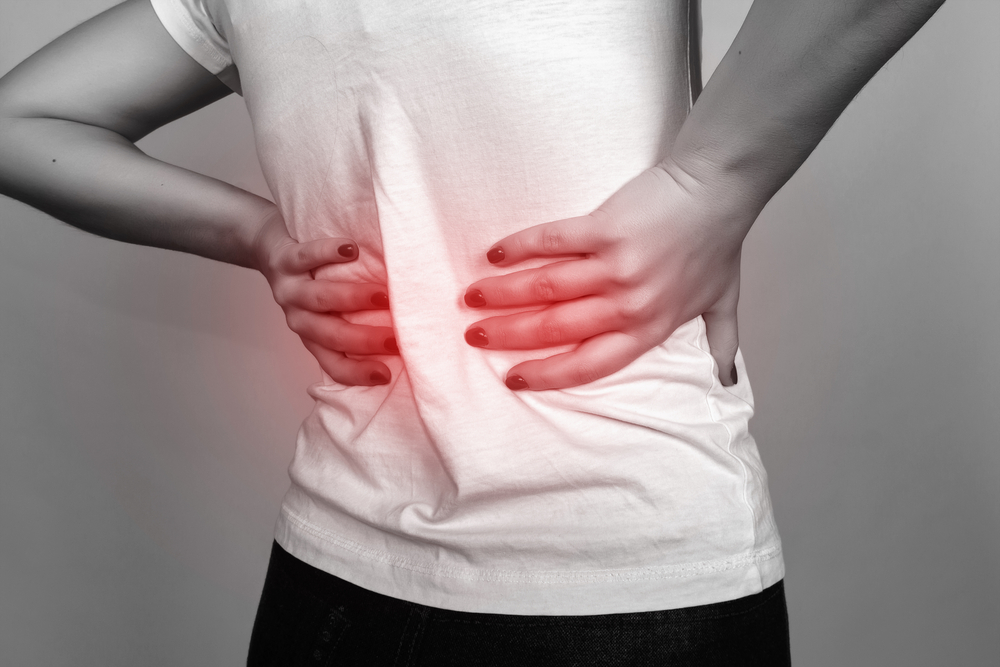Eight out of every 10 people will have back pain at some point in their life. You are probably one of them. Back pain with or without leg pain is commonly due to a herniated disc. Discs are the cushions between each bone, or vertebrae, of your spine. They are strong structures that allow your spine to move and handle loads during everyday life. The outer part of your disc is durable with multiple layers. The inner aspect of your disc resembles a thick fluid. A herniated disc occurs when a small tear in the outer part of your disc results in the inner material leaking out. Thankfully, you can manage your herniated disc with exercise and other physical therapy treatments.

Herniated Disc, Sciatica, and Pain
Disc herniation is the most common cause of sciatica. Sciatica is pain that originates in your lower back and travels down your leg. However, not all herniations cause pain in your back or down your leg. Many people older than 30 have a disc herniation on MRI but never experience pain. I am one of them. You might be too.
One study showed that 30% of people in their 30’s and 60% of people in their 60’s have a disc injury but experience no pain. Many factors determine whether or not a person will experience pain. Possible contributors include the location of the herniation, the person’s physical health, and psychological factors.
Download our free report to learn more about pain here.
Recovery from Disc Herniation without Treatment
A disc herniation can spontaneously heal without treatment. In these instances, resorption of the displaced inner material occurs over time. This occurs within a few weeks of injury or it may not be seen for several years.
One recent study showed spontaneous recovery occurs in approximately 2 out of every 3 lumbar disc herniations. Because many disc herniations spontaneously resolve, conservative treatments are recommended before considering surgery. Conservative treatments include those offered by your acupuncturist, massage therapist, and physical therapist.
Evidence for Conservative Treatments
Half of people who access the services of a physical therapist do so for low back pain. More than 1/2 of these people have conditions related to their disc.
Your physical therapist will first conduct a comprehensive examination to rule out serious problems such as an injury to the nerves or spinal cord. Whenever pain is present in your legs, the first objective of treatment is to decrease these symptoms. Disc problems are easier to manage once your pain is localized to only your lower back. This is called centralization.

Exercise for Disc Herniations
Research shows that exercise is one of the most beneficial treatments for people with lumbar disc herniations. Exercises are designed to improve the strength, endurance, and coordination of the muscles that support your spine.
Also, exercises can be extremely effective at reducing pain in your legs. Very often, exercises that promote extension of your spine, also known as “McKenzie exercises” are effective at resolving pain in your legs. However, an individualized examination must always be performed to determine the exercise approach that is best for you.
Manual Physical Therapy for Your Herniated Disc
Manual therapy performed by your physical therapist is also an evidence-based and effective treatment for people with disc herniation. Joint mobilization techniques are useful to improve mobility, promote extension of your spine, and resolve symptoms in your legs.
Joint manipulation alleviates stubborn pain and stiffness from a herniated disc. Doctors of Physical Therapy with advanced residency and fellowship training have expertise and skill with these techniques.
What Steps Can You Take?
We recently rehabilitated a 40-year-old landscaper with an L4-L5 disc herniation and pain radiating from his lower back to his calf. His doctors were considering injections and even surgery. However, after 5 weeks of physical therapy, he was back to work and nearly pain-free. Today he feels like a new person! Physical therapy takes patience and commitment. There is no magic pill for resolving your pain. However, excellent results often occur.
Your physical therapist will guide you through the recovery process. Contact us today if you are suffering or have questions about which treatments are right for you.



